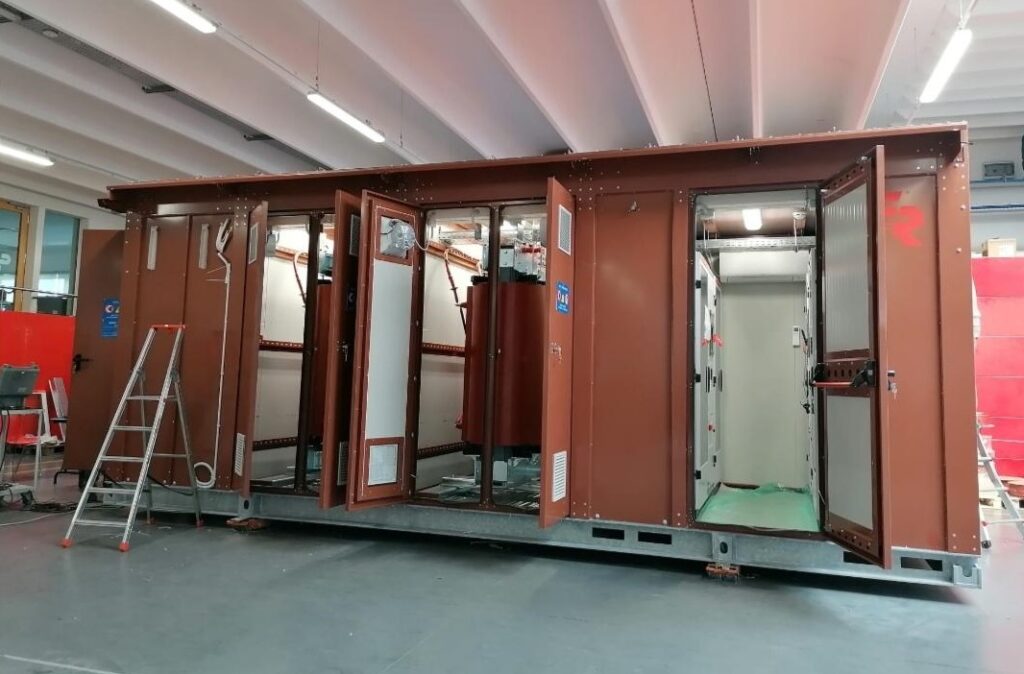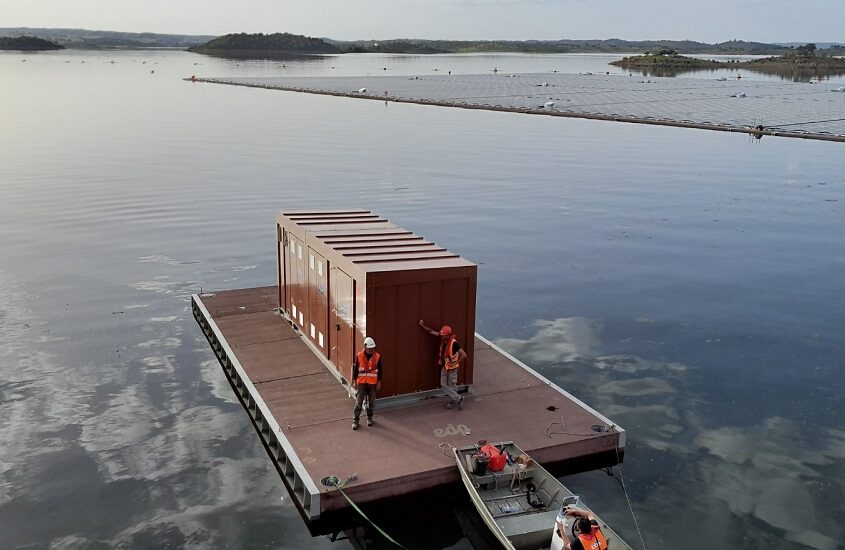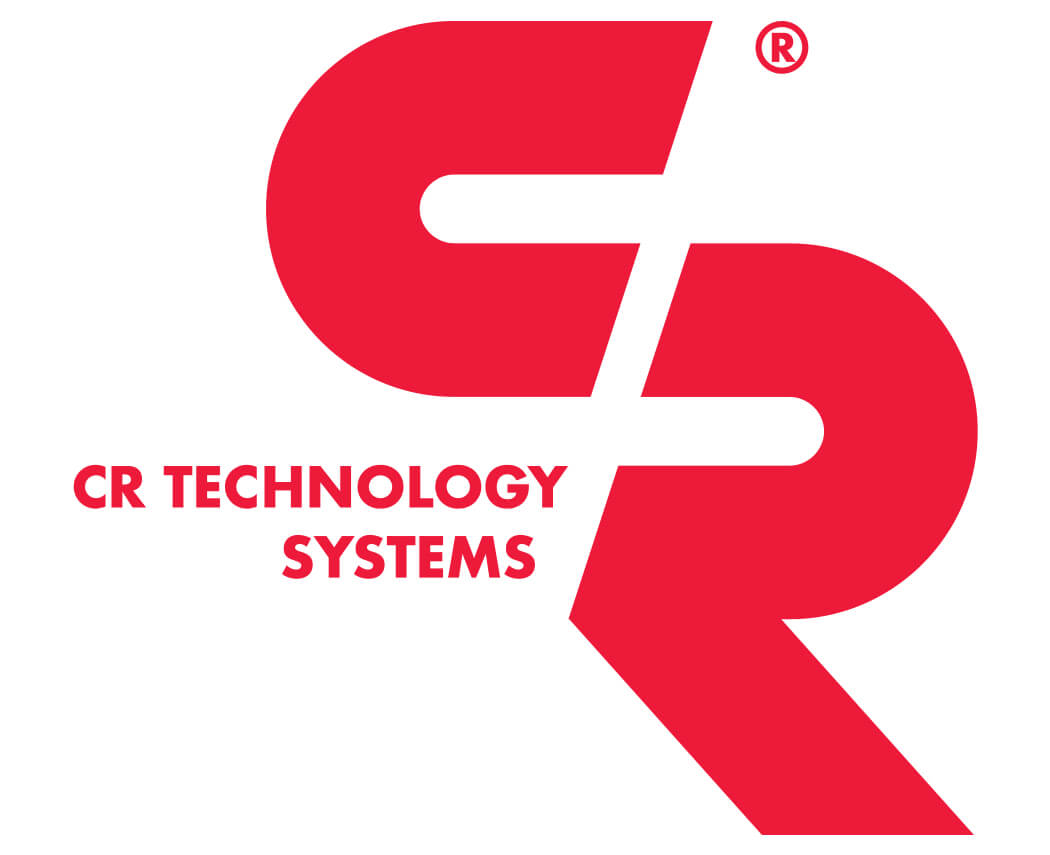Environmental revaluation meets renewable energies in new and innovative projects with installation on floating platforms. Already in use for years in China, now also in Europe the demand for the design and construction of floating photovoltaic systems is growing.
Born as the exploitation of fish basins in order to produce clean energy to support the same industries, today floating plants are expanding to many other fields, such as lakes, dams, hydroelectric plants to enhance spaces and surfaces that would otherwise be unused, in order to provide clean energy to support all main and ancillary services, thus reducing CO2 emissions.
Floating solar park in Alqueva
It is precisely for this application that C.R. Technology Systems has studied and developed a 2×2.5MVA E-House, STC-Box type.
The challenging project is designed for the solar system in Alqueva, Portugal. The floating system includes over 12.000 photovoltaic panels, for a total of 4MW and with an annual production capacity of 7 GWh.
The park will produce enough energy to supply 25% of consumers in the entire region.
Moreover, the project has a positive environmental impact, as it will be integrated into an unused water mirror area that will not suffer any changes with the installation of these floating panels.
The climate characteristic of this area will also allow efficient performance of the photovoltaic system.
C.R. Technology Systems plug-in modular substation STC-Box is equipped with:
- Gas-insulated MV switchgear ATR-Ring 17.5kV-630A-21kAx1’
- Power Center PC 440Vac-2500A-50Hz-32kA
- Power transformers 2.5MVA
- Auxiliary LV switchboard
- Control system
- UPS
- Anti-intrusion system
- Fire detection system and accessories for manual extinguishing
- Air-conditioners and forced ventilation for transformers
For these special applications, a particular IP performance is also often required, in this case, the degree of protection has to be at least IP54.
C.R. Technology Systems has therefore developed within its product portfolio a compact substation with innovative features in order to reach an IP55 degree without resorting to the use of any welding and maintaining the modularity philosophy of the systems. The substation was built using highly reliable components in order to ensure long periods of operation in the absence of maintenance, this typical feature of offshore plants represents an additional design challenge with which we have measured ourselves.


